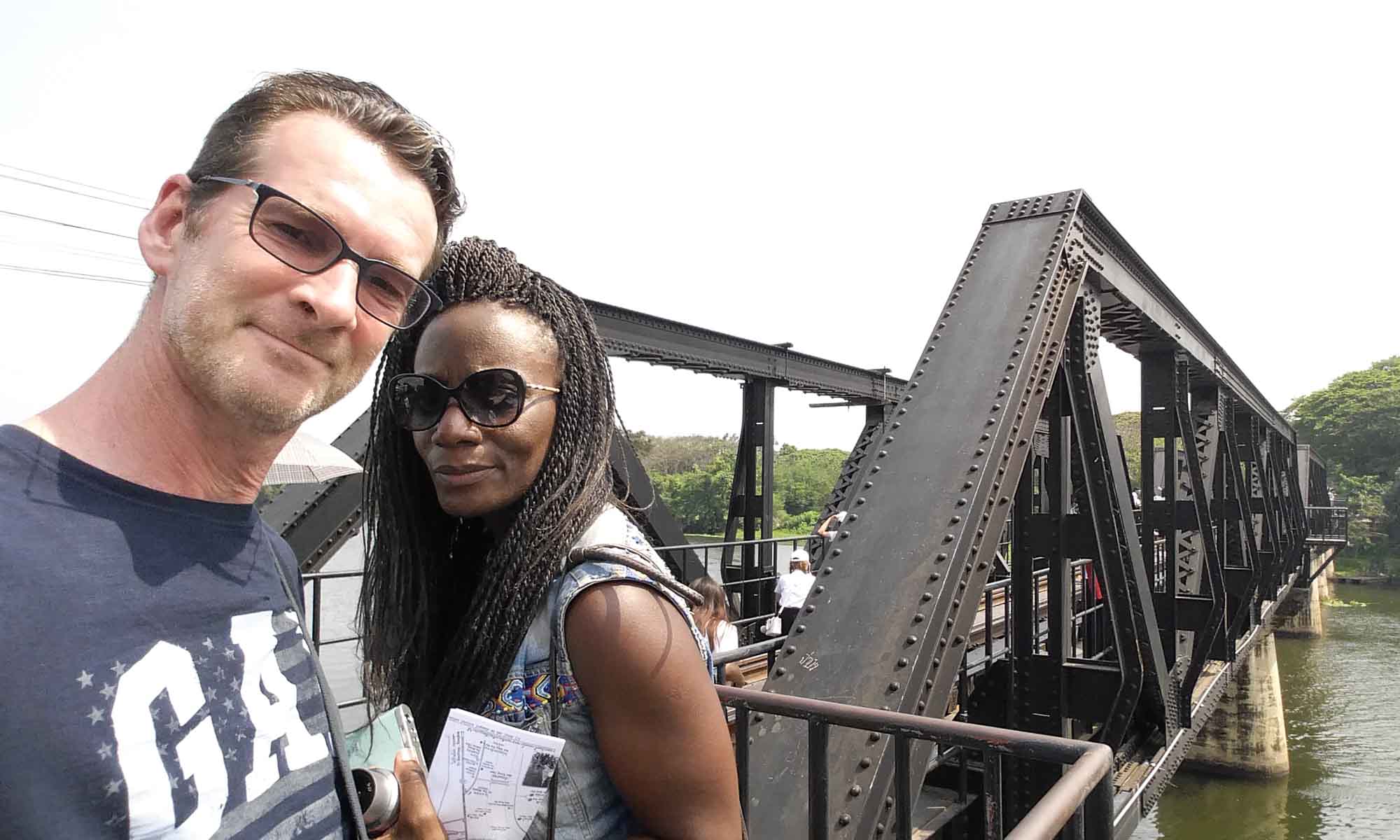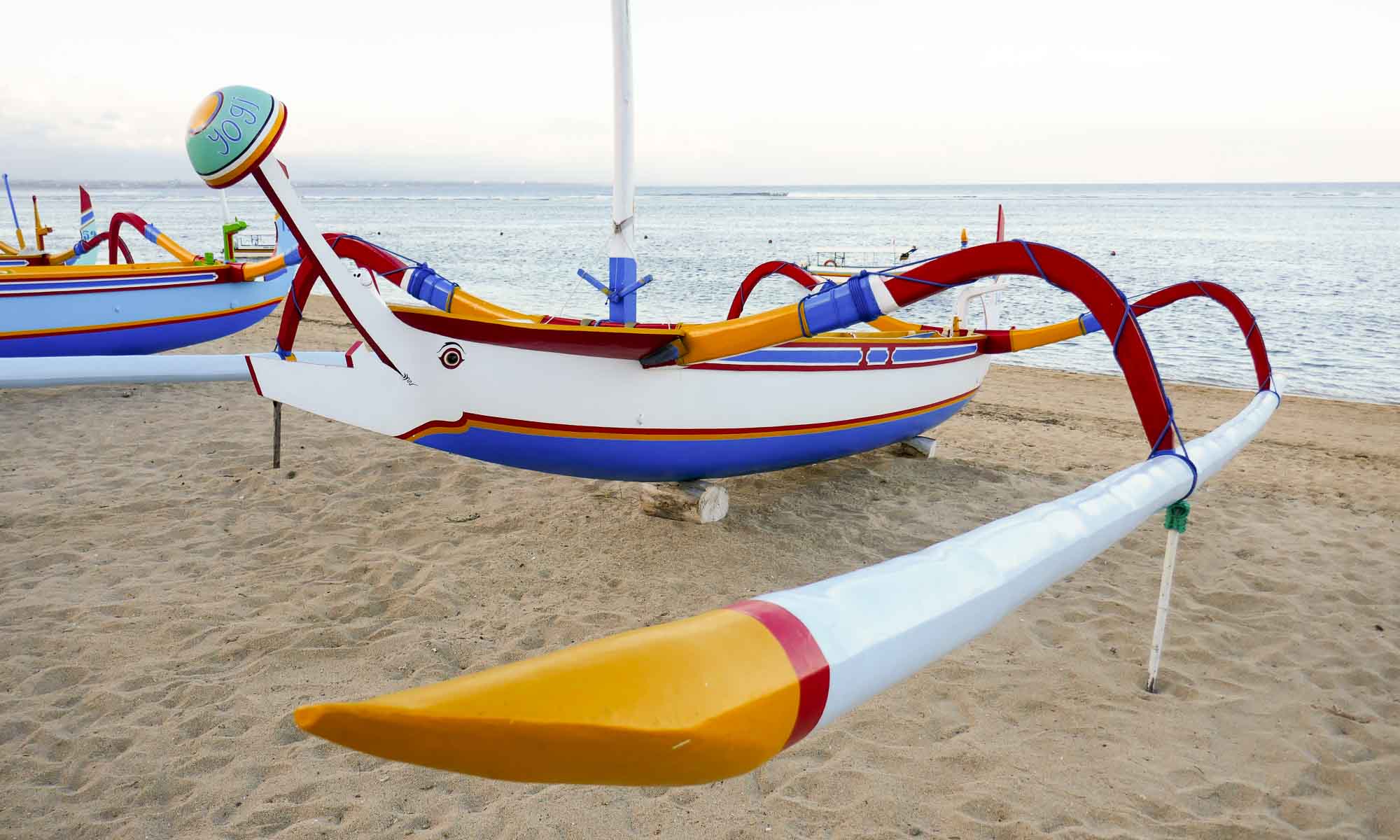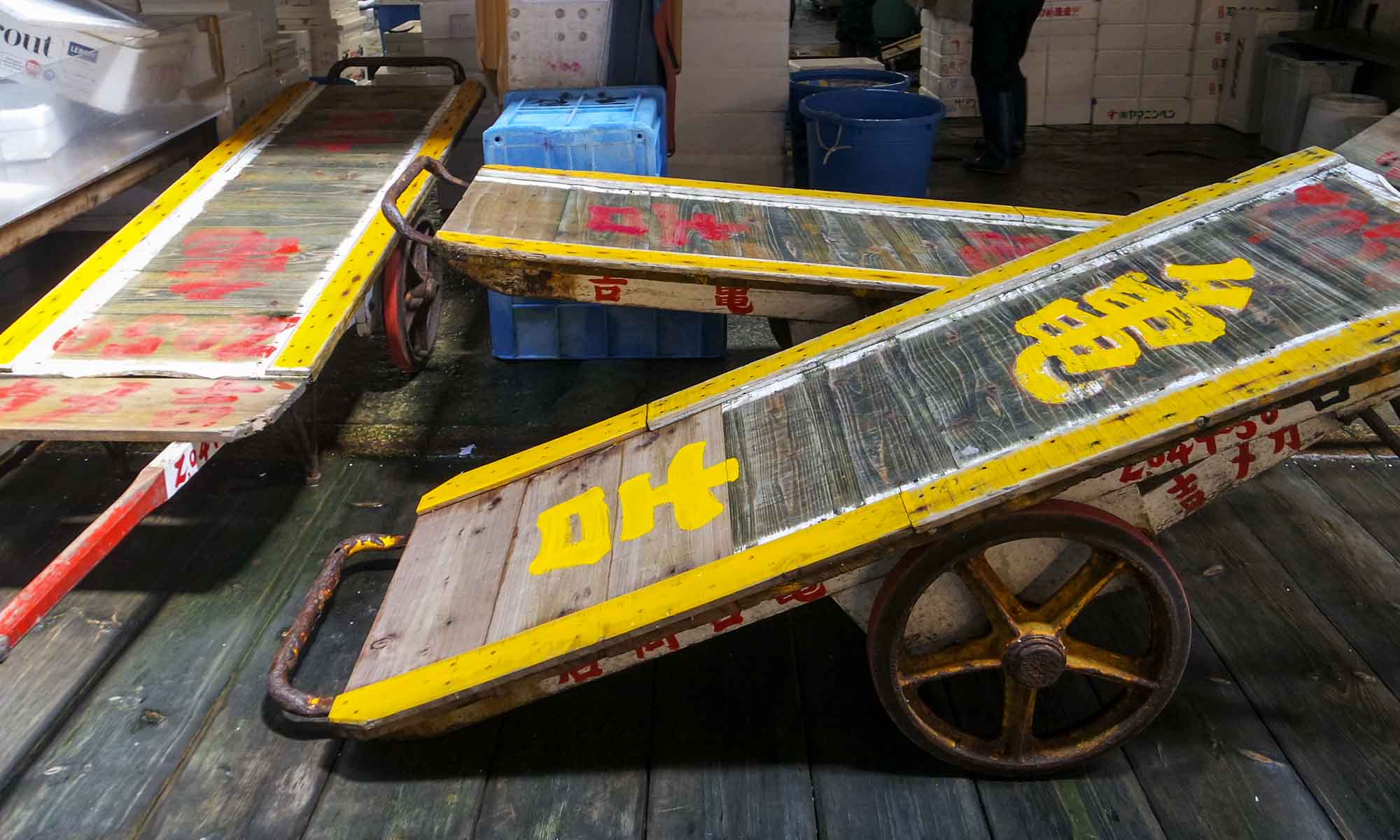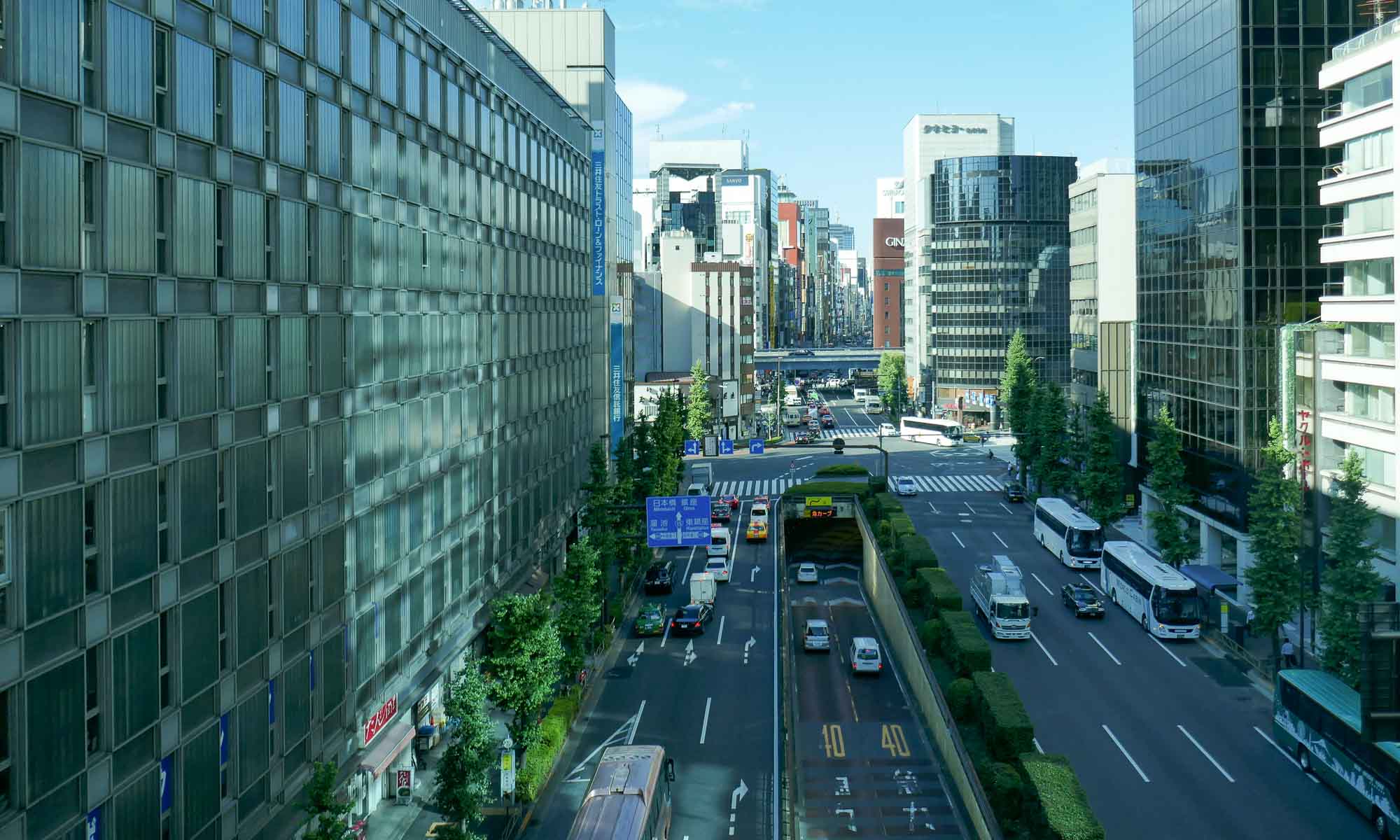After we had decided to cancel all plans to visit Northern Thailand due to the annual burning of land by farmers in an attempt to make it fertile, we set our sights on Kanchanaburi.
If the name Kanchanaburi seems familiar, it is the town through which the River Kwai runs through. This is the famous River Kwai from the film Bridge on the River Kwai. Though the movie does not depict historical facts, it is loosely based on the events which occurred in 1942/43 while Kanchanaburi was under Japanese power. To support its forces during the Burma campaign of WWII, they forced allied POW’s and others to build the Thailand-Burma Railway and treated them in such a manner that over 100,000 of them died during the construction of the bridge. The railway, 415-kilometre in length between Thailand and Burma, was to be used to transport supplies and troops and to enable the Japanese to avoid using the sea which was vulnerable to attack by the allied forces.
While day-trips are offered from Bangkok to Kanchanaburi to visit the River Kwai, a couple of hours would definitely not do the place justice in our opinion, and thus we decided to spend two nights.
Highlights of Kanchanaburi
Bridge on the River Kwai
This is definitely the number one highlight, as signs can be seen along all roads either with directions to the river, or advertising which claims that there is a hotel or restaurant located along the river. The bridge is still in use today, but the area around it is quite touristy. When we visited we were joined by several school trips and tour groups. For us, it was important to walk across the bridge and try to imagine the amount of sweat and effort that had been placed into the construction in the worst of conditions. Unfortunately, the monument highlighting the relevance of the bridge is in a corner which is often overlooked by most.
While visiting the bridge is free, we had to pay a nominal amount to park close by.
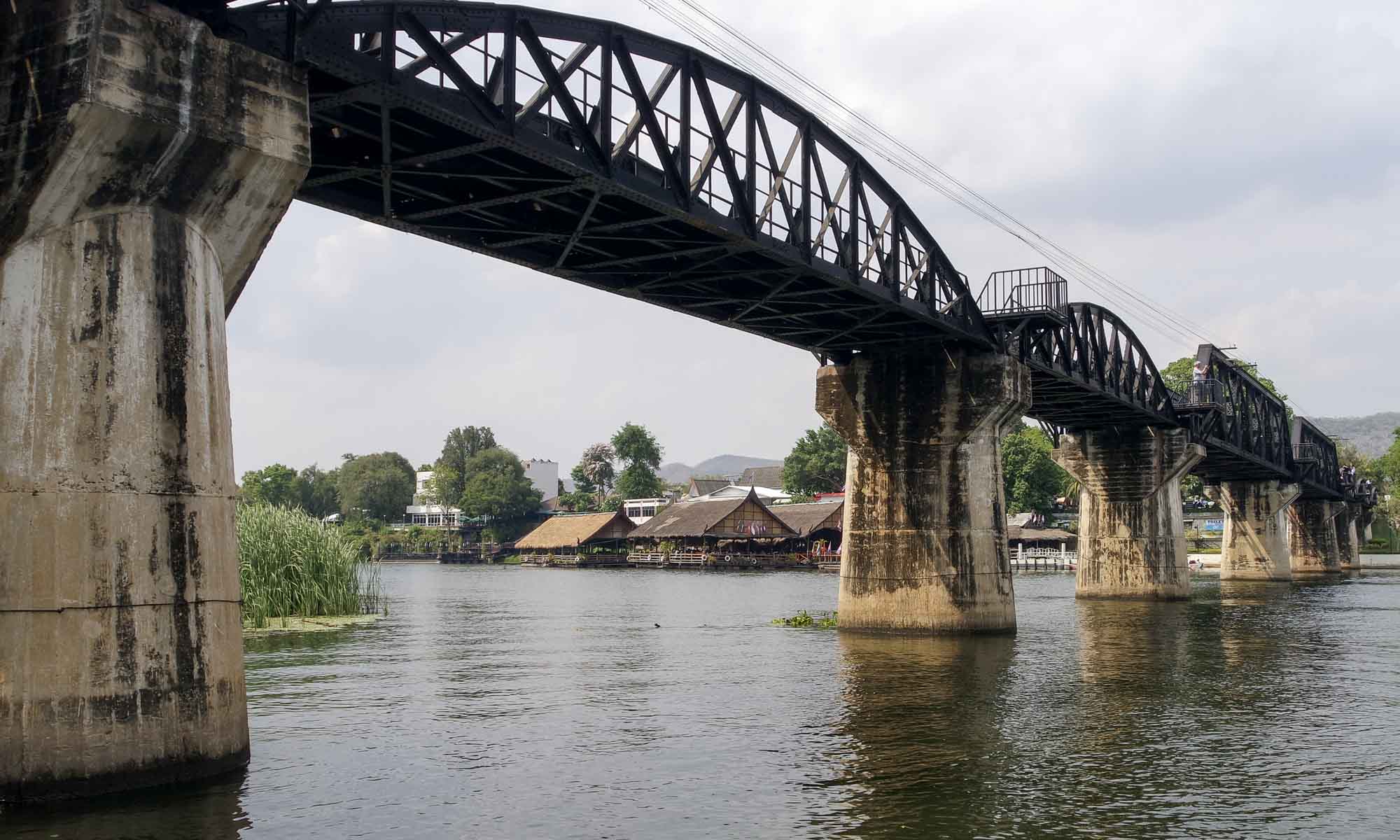
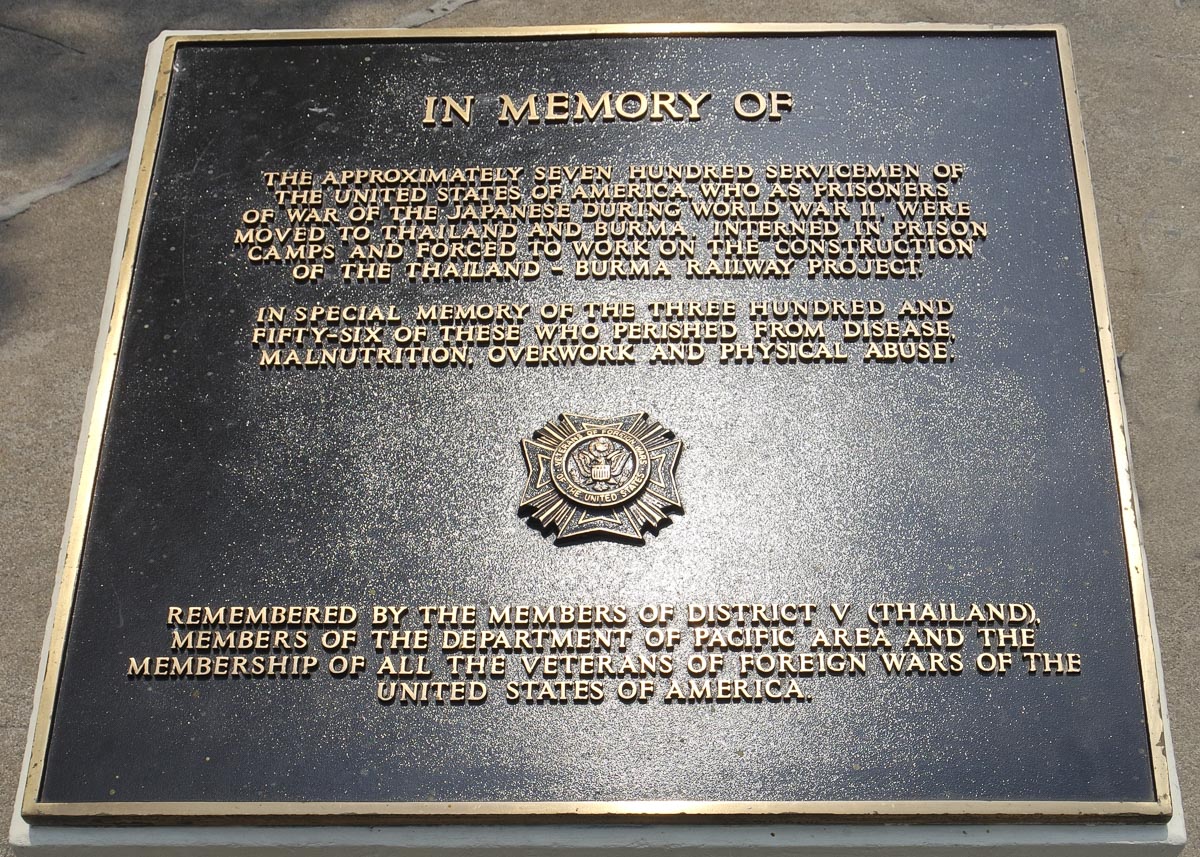
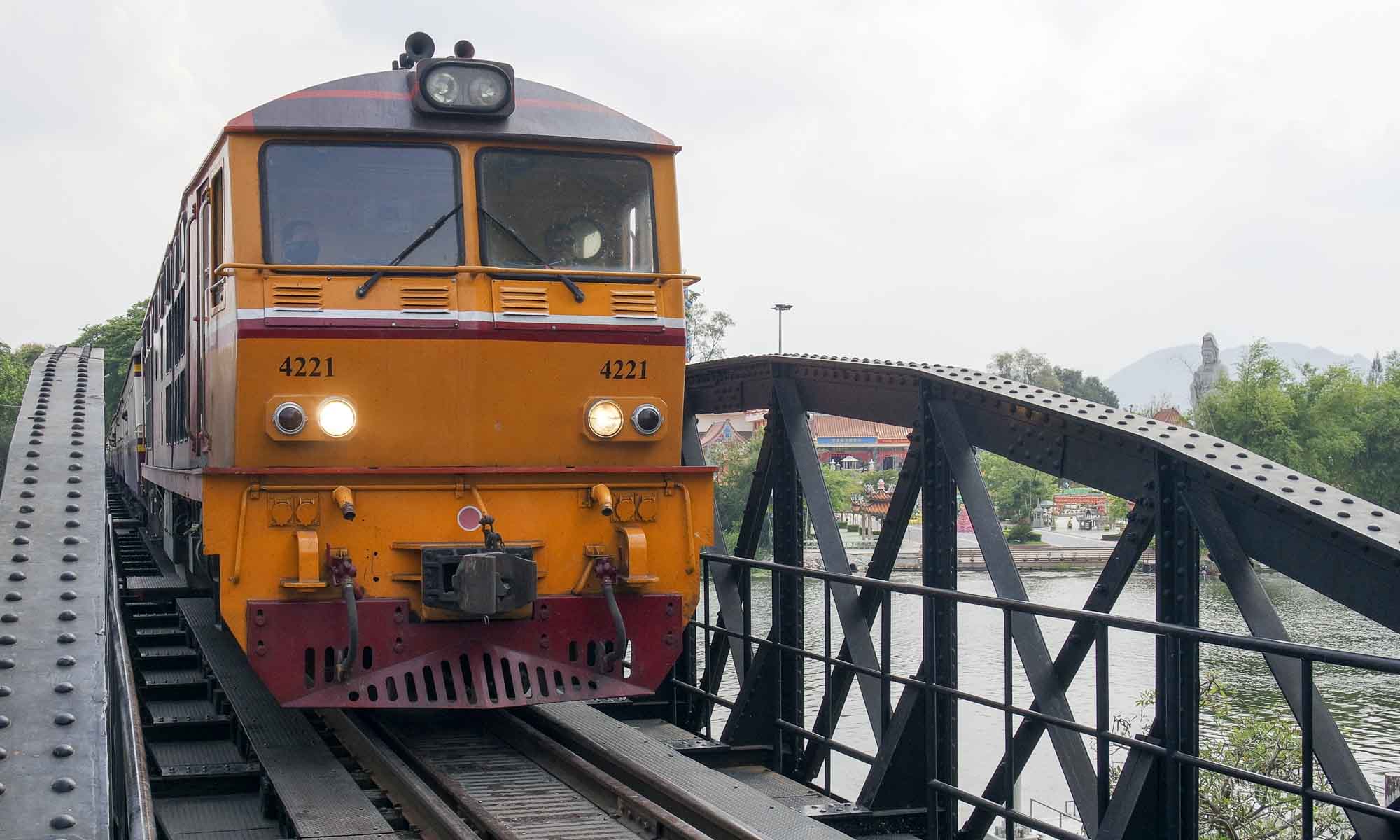
Jeath War Museum
We discovered that there are about 3 Jeath war museums located in the area. JEATH is an acronym for the countries which participated in the construction of the railway: Japanese, English, American, Australian, Thai and Holland. While Jeath Museum 1 (located next to Wat Chai Chumphon) is not well maintained, the museum was constructed to provide an insight into the history of the Death Railway and to teach everyone how terrible war is. The museum features one section depicting the construction of the railway and another section with personal effects, paintings, tools and maps. Admission fee was THB 50.
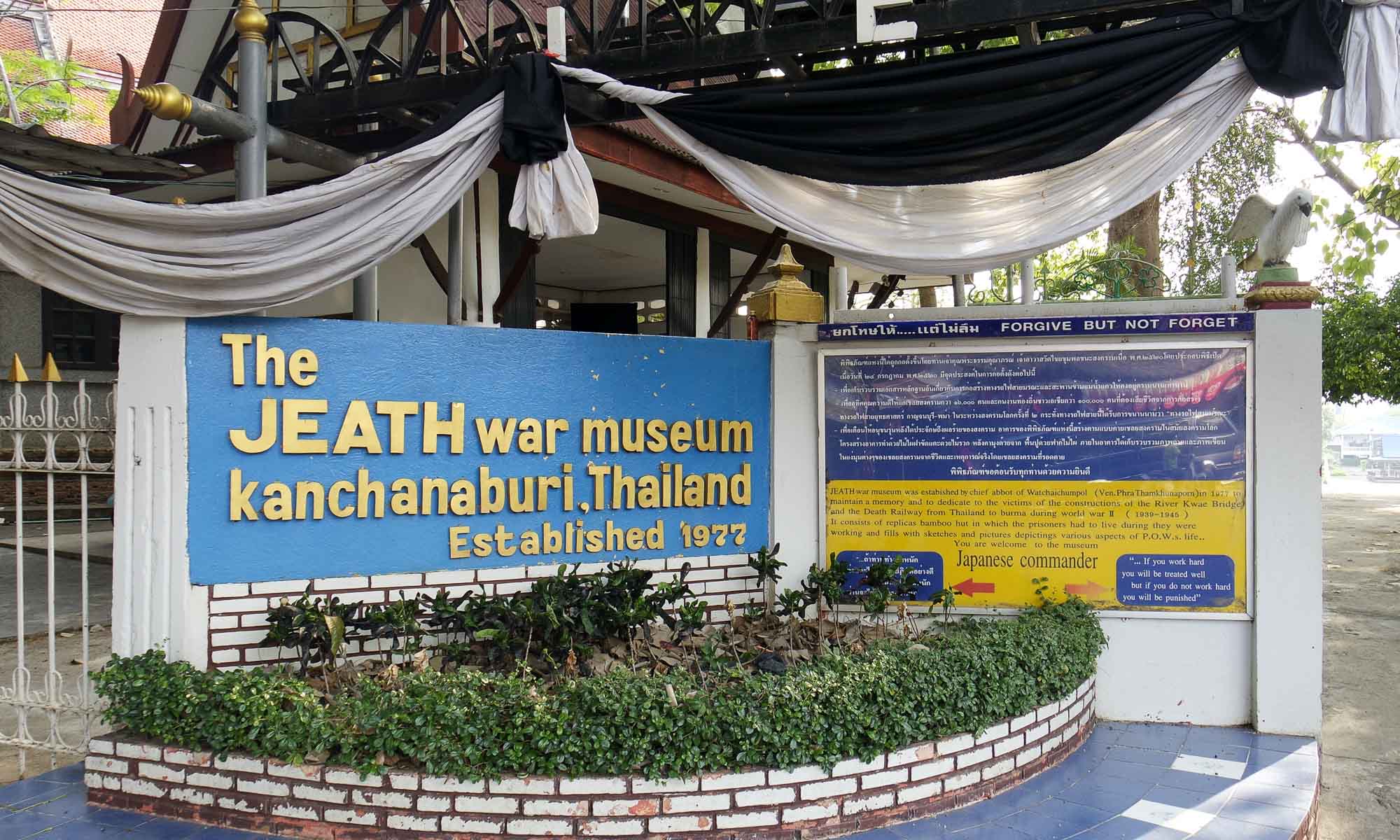
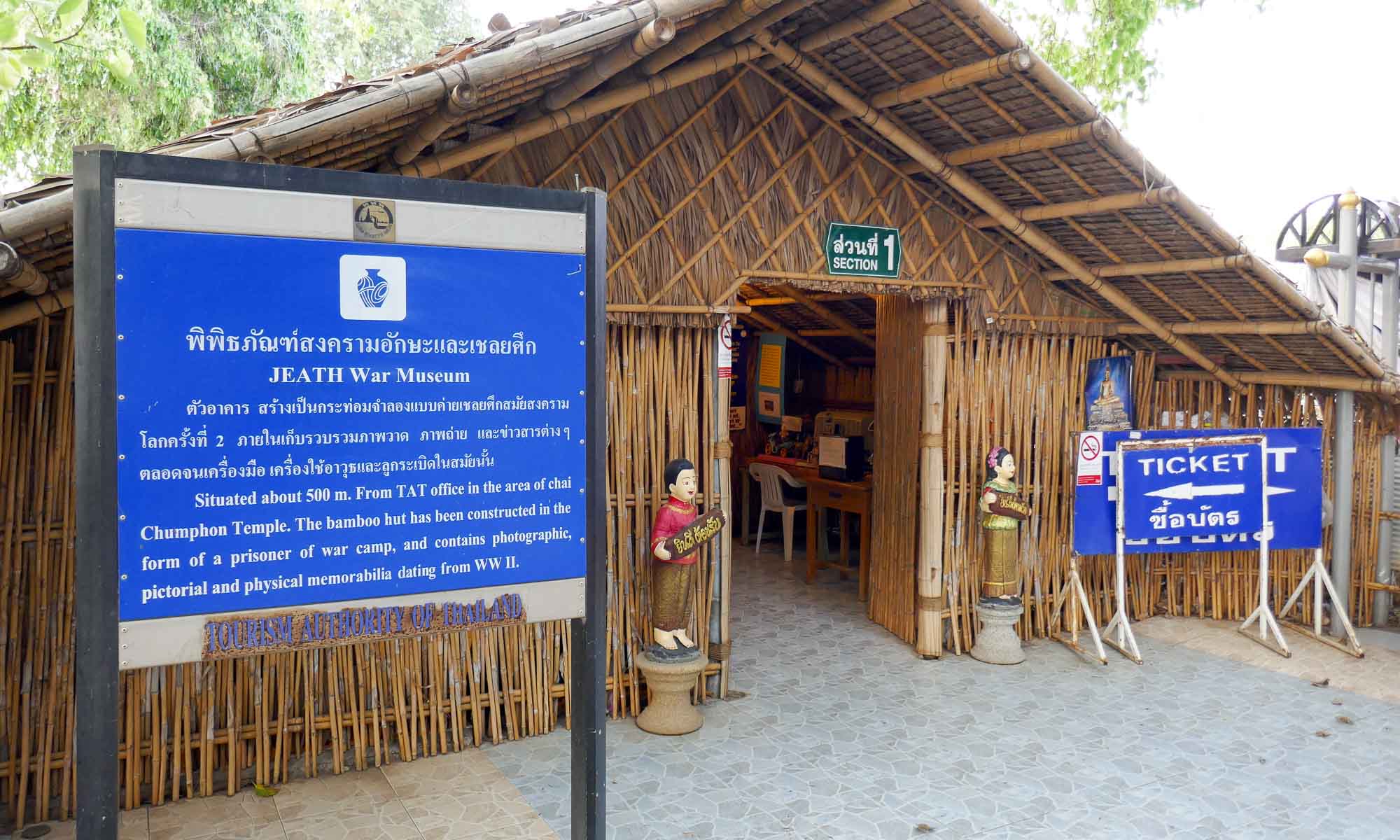
The World War II and Jeath War Museum (Jeath Museum 2) is located just 100m from the bridge and features an old steam engine from the war as well as some more details about the wooden (supply) bridge. Given that the 3rd museum was located much further away we decided to pass on it. Admission fee was THB 50.

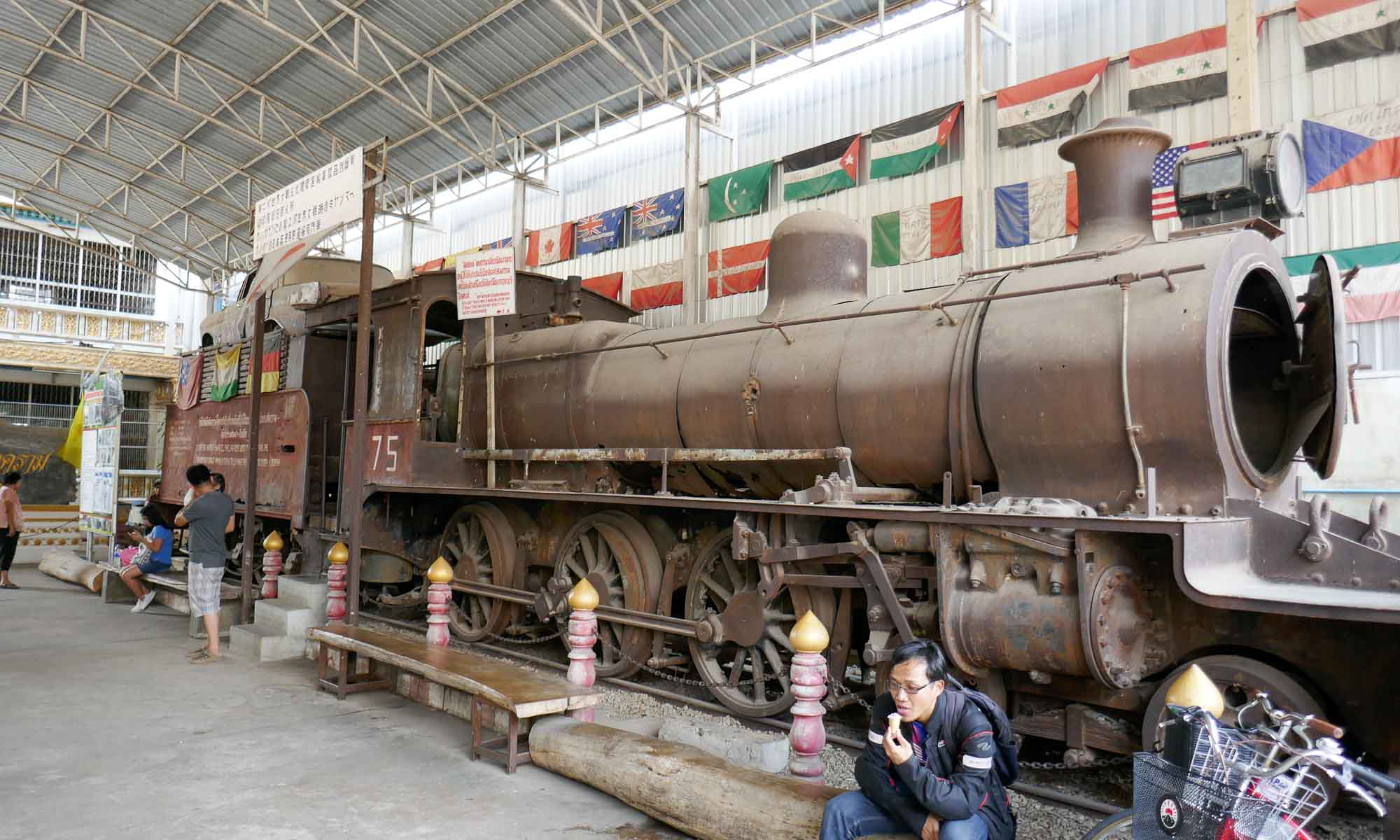
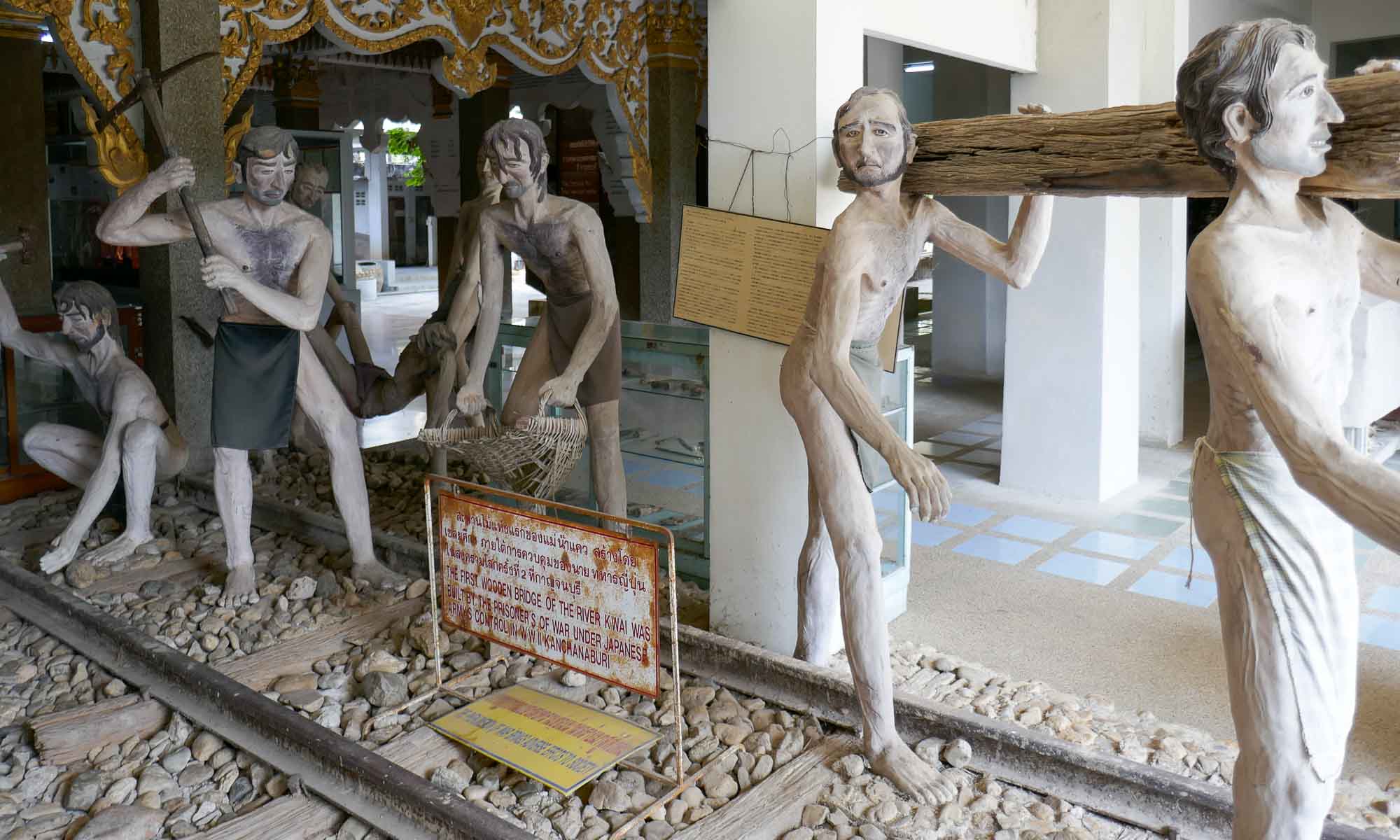
Don-Rak War Cemetery
This is also known as the Kanchanaburi War Cemetery and is the main cemetery for the POWs. Over 6,900 POWs are buried there most of them Australian, British and Dutch. It is located across the road from the Thailand-Burma railway centre and is maintained by the Commonwealth War Graves Commission.
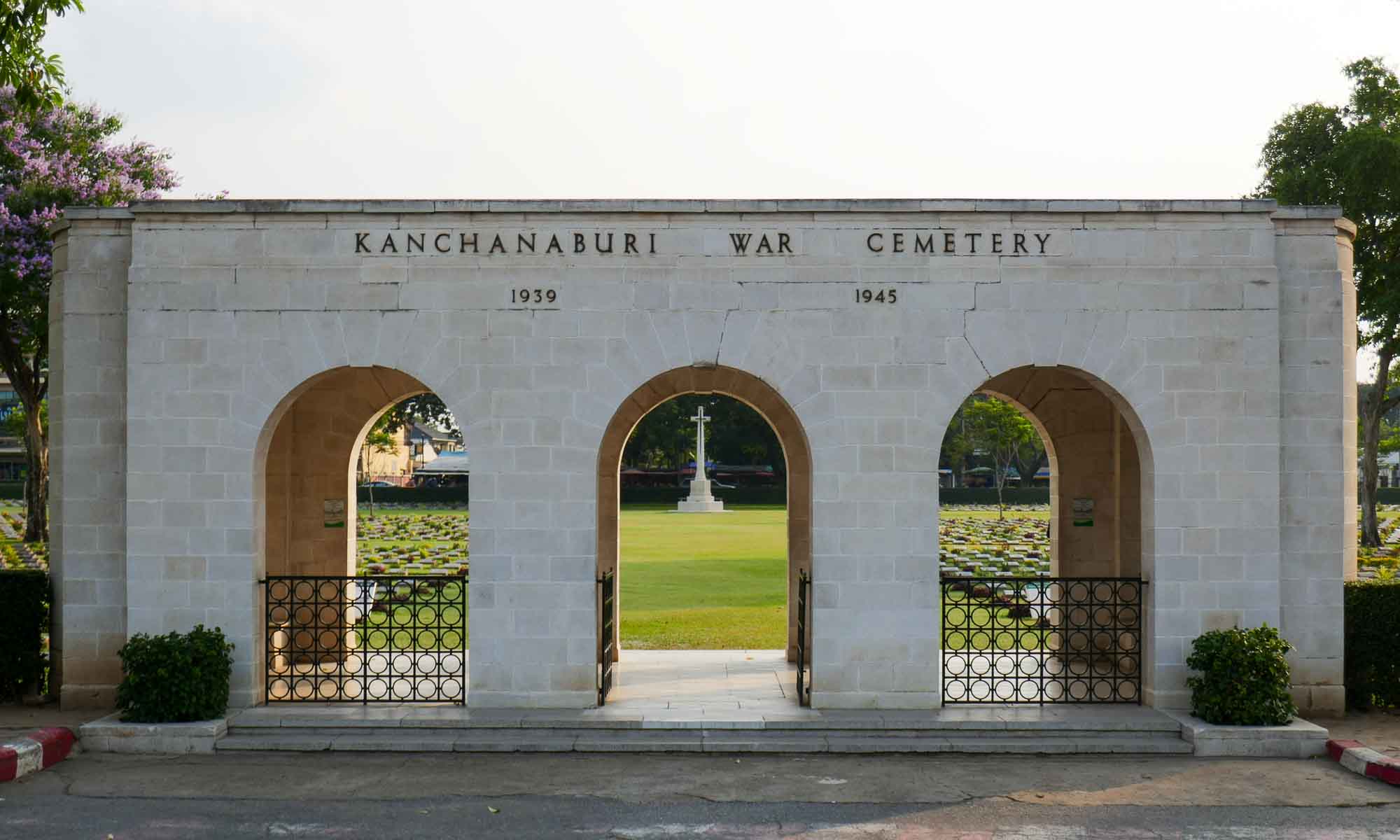
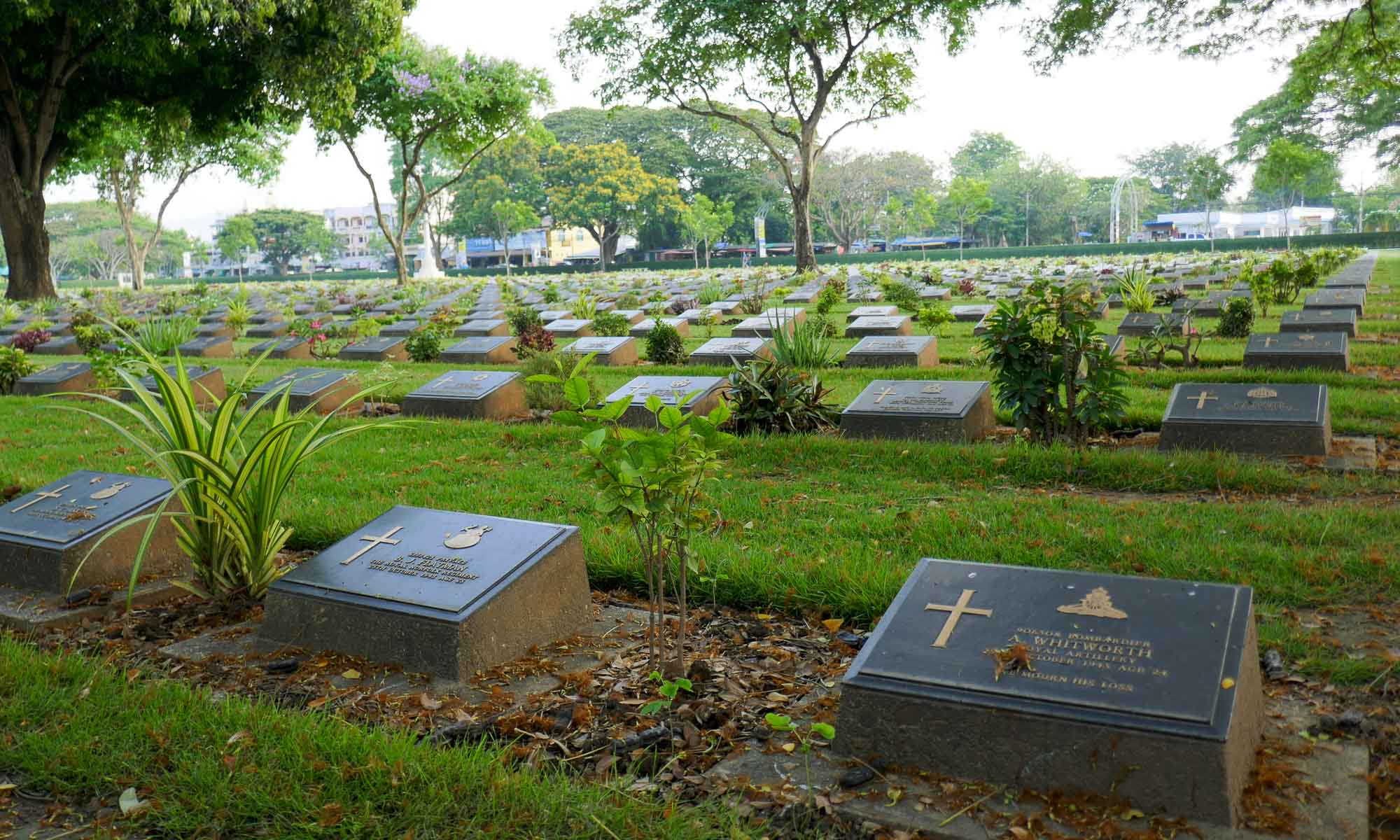

Thailand-Burma railway centre
We understood from our hotel that this was one of the better museums depicting the story of the railway in a non-partisan way. It is a privately funded and a research centre which assists in the funding of a database of allied POWs that died in the Asia-Pacific regions. We unfortunately arrived at the museum at closing time and did not have any other time to visit it. Admission fee was THB 120. (For more information: Thailand-Burma Railway Centre)
Erawan National Park
While there are several waterfalls in the proximity of Kanchanburi, we decided to drive the additional 65 km to the Erawan National Parks to visit the seven-tiered falls. The trek up the seven levels is only about 2 km, though in a number of areas it includes some steep steps and some areas requiring scrambling. For almost all the waterfalls there are pools at the base where swimming is permitted. We visited quite early in the morning to avoid the crowds. While there were not that many people on the trail, we did find more people in the various pools, even at the 7th, which we had hoped to enjoy alone. After the 2nd level, bags are checked to ensure food is not carried into the park. To take water bottles up, a cash deposit is required to ensure that no trash is left on the trail. The deposit is refundable upon return. Admission fee was THB 300 each, and THB 30 for the car.
(For more information: Erawan National Park)
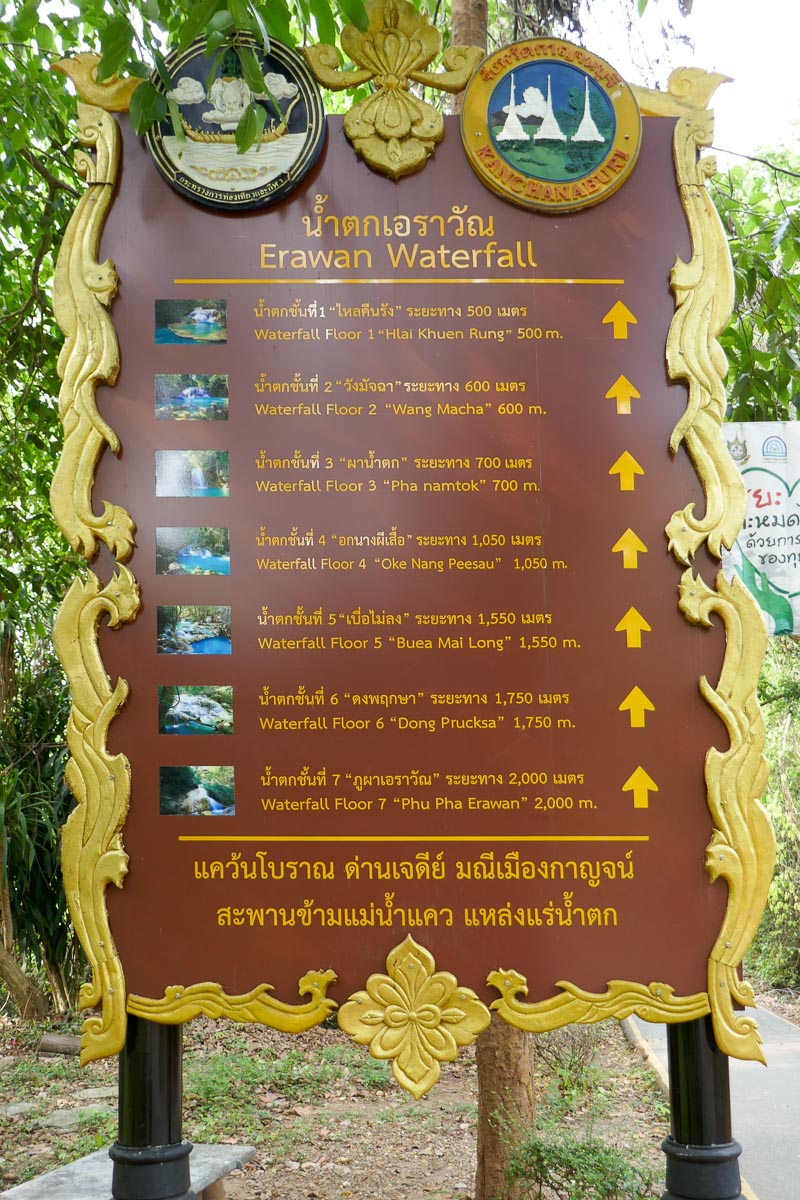
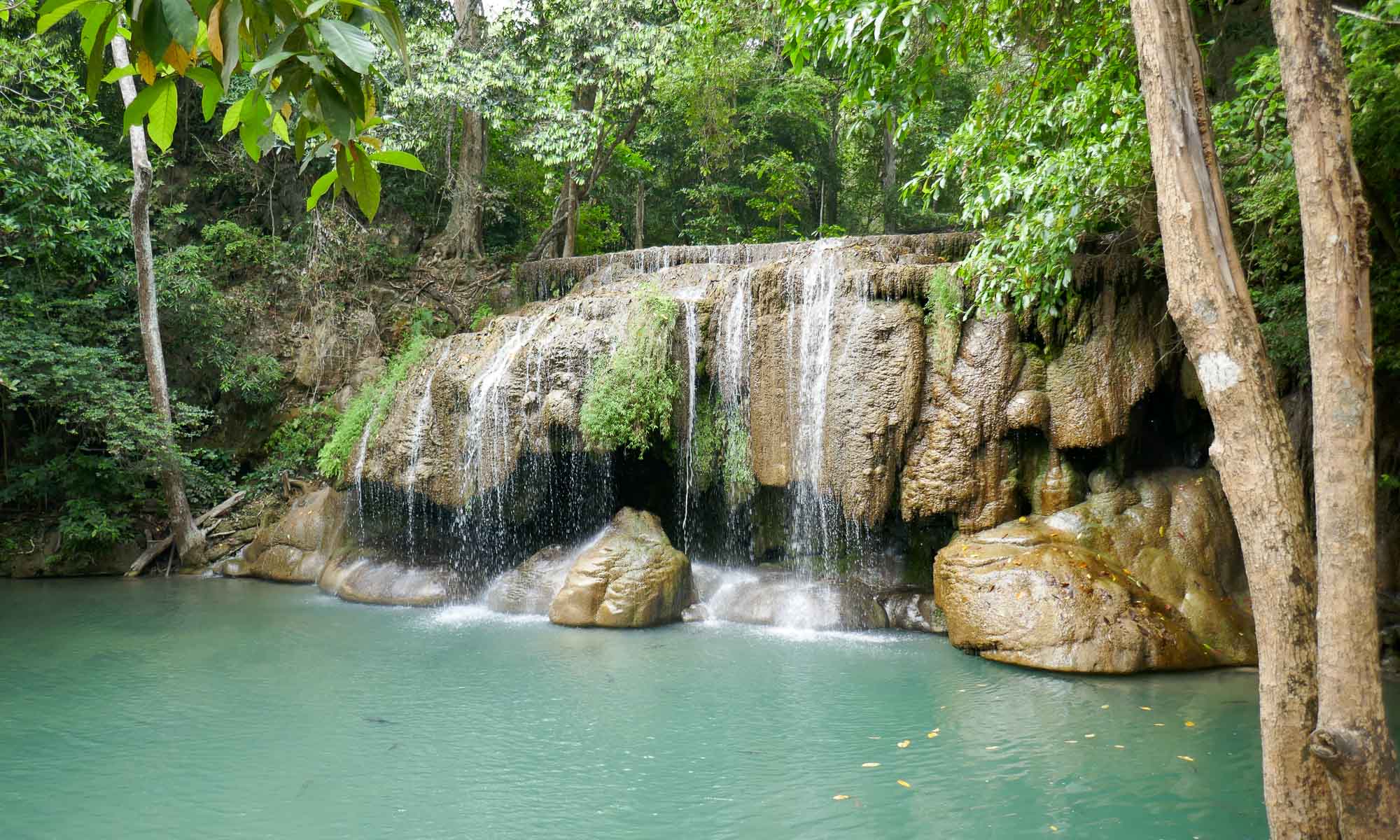
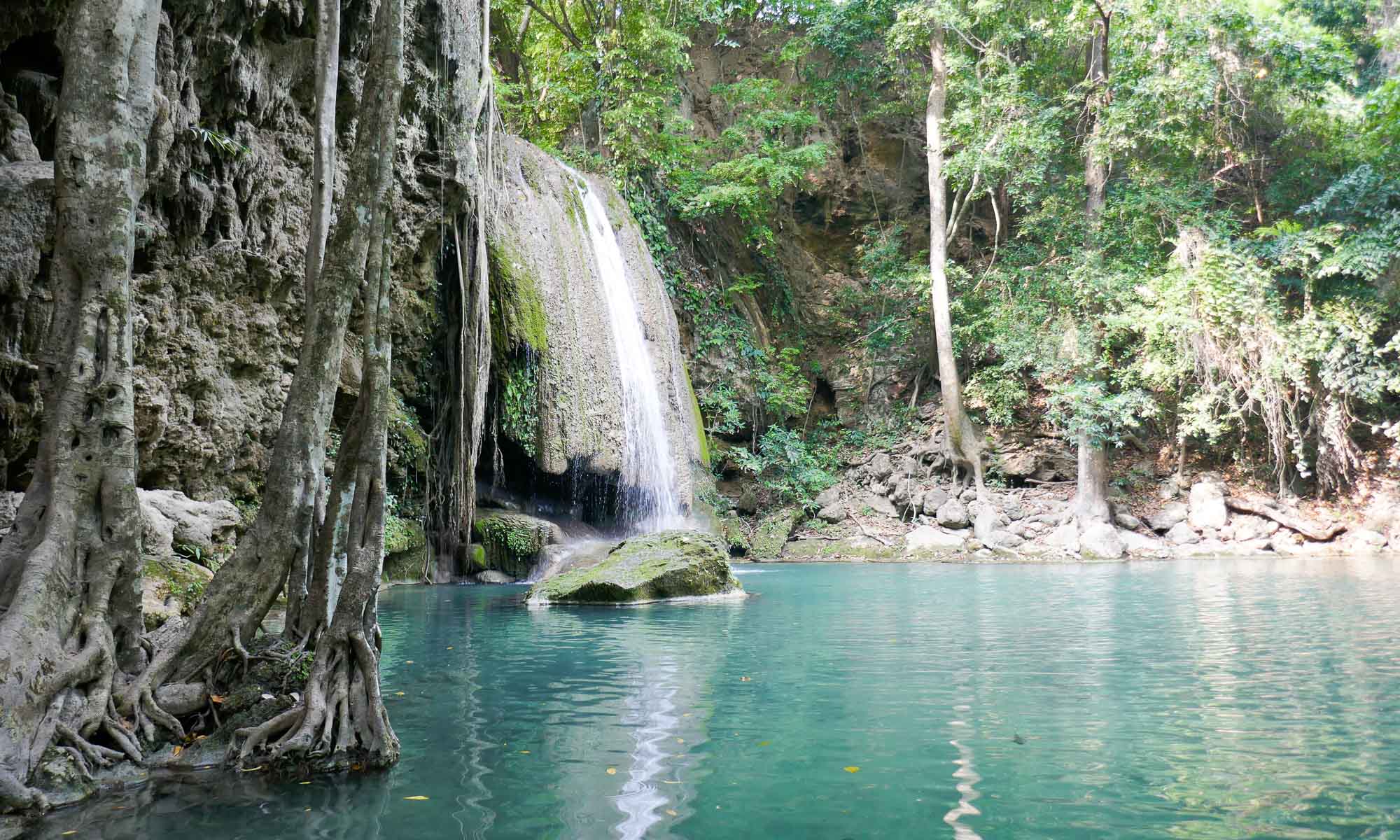
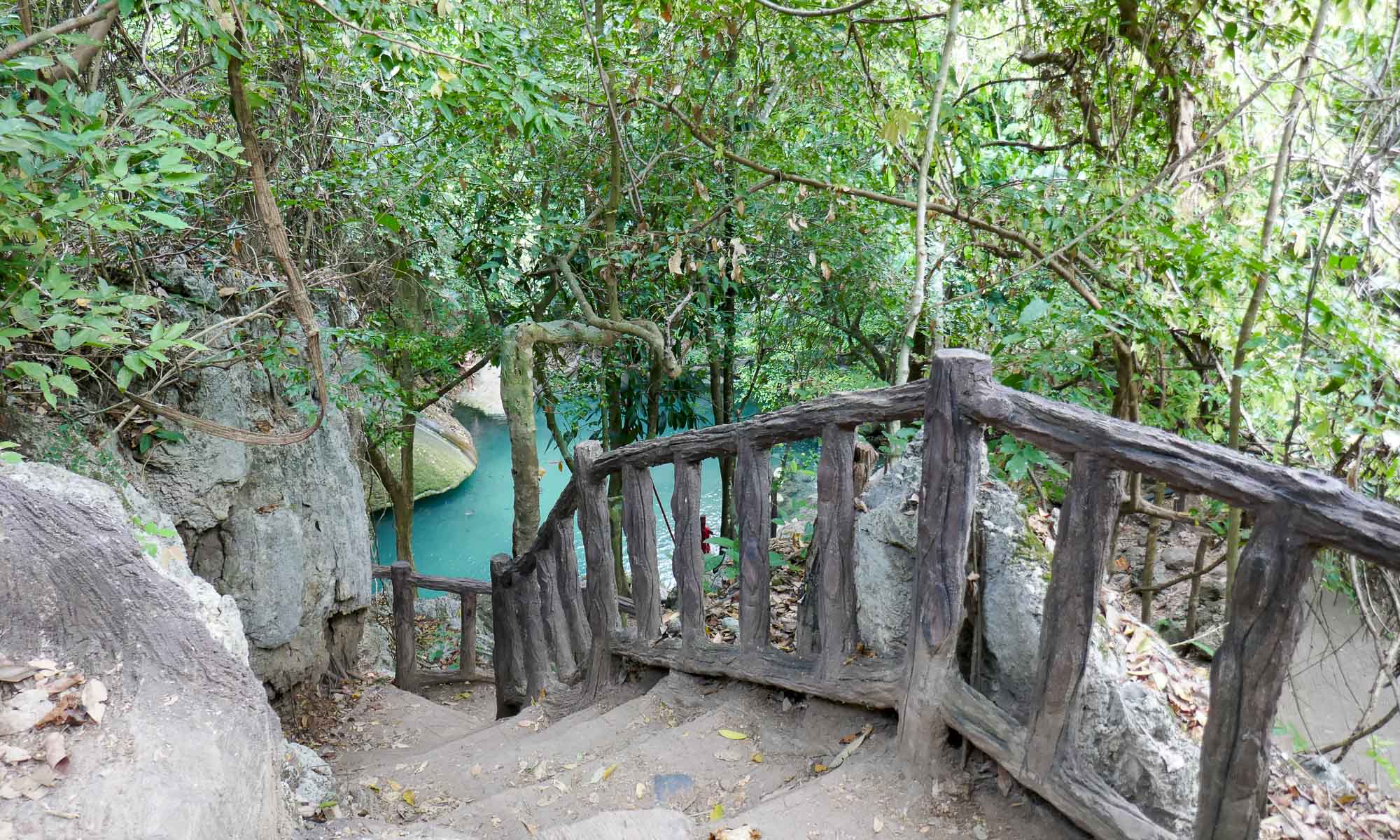
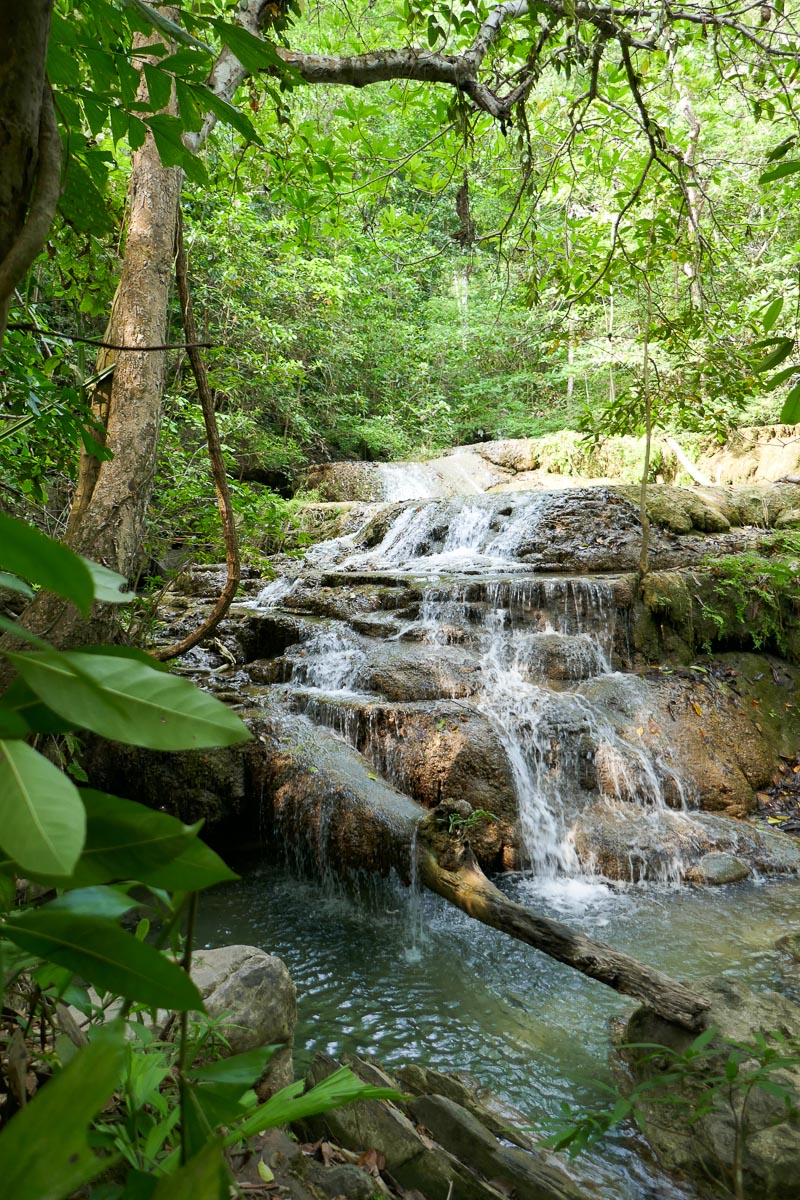
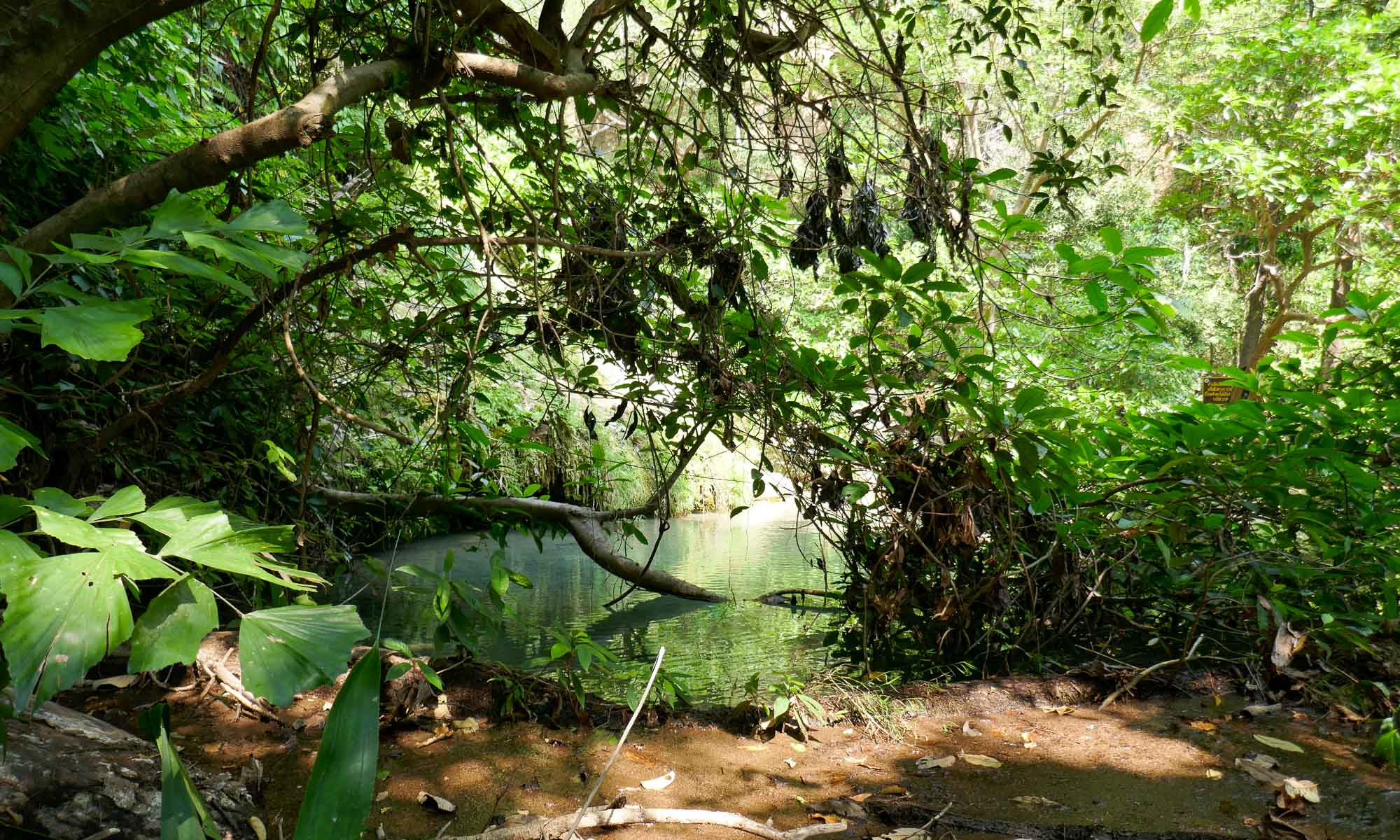

Sleeping in Kanchanaburi
Since we wanted to visit the national park as well as the town of Kanchanburi we based ourselves at the Oriental Kwai Resort which is located on the outskirts of Kanchanaburi. The resort is the brainchild of a Dutch lady and her Dutch/Thai husband, who bought the land on the banks of the River Kwai several years ago and designed and developed it with the help of their families. The resort is made up of several bungalows all beautifully furnished and set within the most gorgeous and tranquil garden. Breakfast was a la carte with several Western and Thai options. For us the highlight was eating breakfast while enjoying the views of the river. The resort also has a gym, spa and swimming pool which we unfortunately did not have time to enjoy.
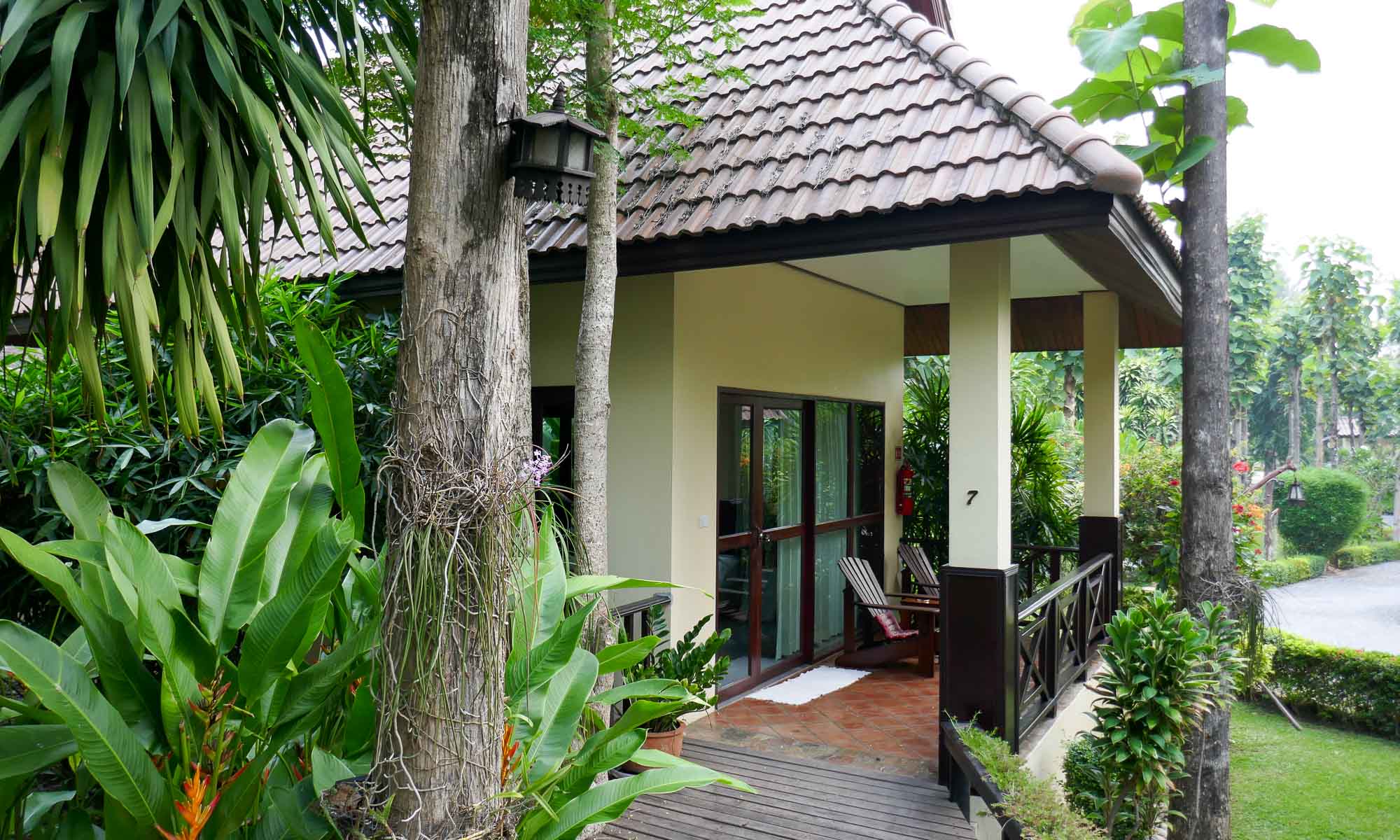
Dining in Kanchanaburi
Visiting in the off season, we did find a number of places were closed. Though we had been encouraged to go to one of the places overlooking the river, while the views would have been nice, to keep the budget reasonable we instead ventured along Maenamkwai road.
Triple B
We stopped by this place purely due to the fact that this was one of the ones on tripadvisor that were open. We were not disappointed and both enjoyed our dishes as well as the laid back vibe and set up of the restaurant. Since we were early, we missed the live music session.
Oriental Kwai resort restaurant
Our hotel also offered lunch and dinner options in a romantic environment. Prices were comparable to other places in Kanchanaburi though the options were more limited. The food was good and the service excellent.
Getting to Kanchanaburi
Kanchanaburi is relatively close to Bangkok, and several tour companies offer day tours. Most people that visit use the train to get to Kanchanaburi, but for us that was not an option since we wanted to have the freedom to move around Kanchanaburi at will. We rented a car at Enterprise and the journey up Route 338 and Route 323 took approximately 3 and a half hours.
